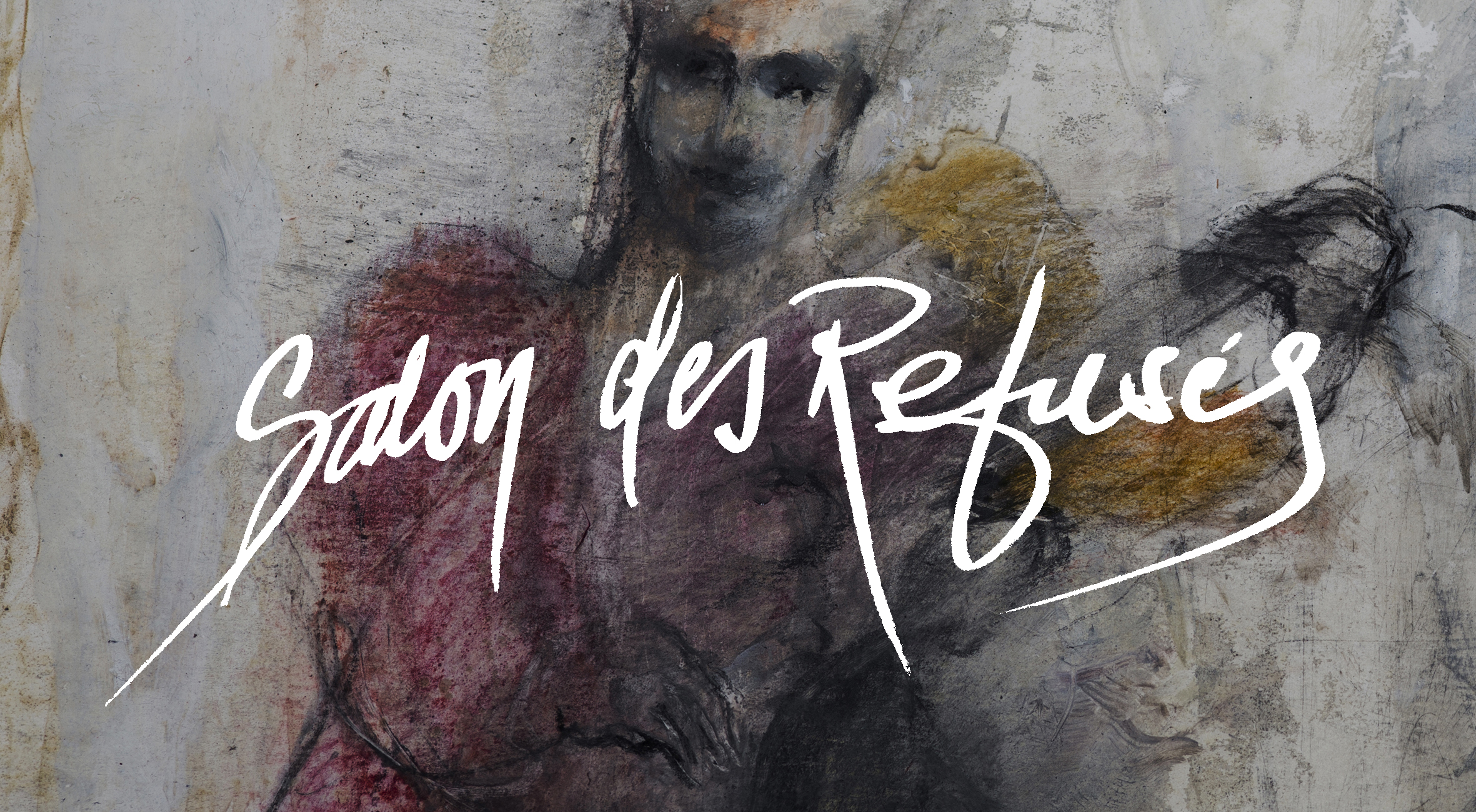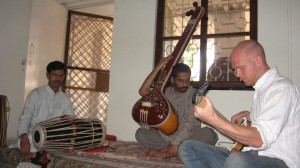This structure is from the Indian classical music and consists of Alap-Jor-Jhala. When performing a raag this is where you start and it is performed without any percussion. How long you spend in each part is up to the musician and can vary from 5 to 60 minutes. When you are playing a raag the first thing you do is to play the alap. This is a part played slowly without any pulse where you really focus on getting the most music out of every note. In dhrupad, the style I’ve been doing most my studies, this is where you truly show your musical knowledge and unfold the essence of the raag. Some can spend an hour playing just alap without it getting boring, but it is a rare art and most musicians outside of the dhrupad tradition prefer to play short alaps. The next step is jor. Here you are in a way repeating the melodic outline but you are doing with a pulse of medium tempo. The last part, jhala, is in fast tempo and here more focus is on creating rhythmical patterns. So one way to look at it without relating it to Indian music is:
Alap — ———————> Jor ———> Jhala
Slow (without pulse) – Medium speed – Fast speed.
Since I feel different techniques are appropriate for different speeds you get a natural disposition of different sounds to help keep the music fresh.
Alap is perfect for slow bends and playing in the lower register letting each note sound as long as possible. Touching different microtones is also nice since it’s easier to hear the changes in pitch. When playing jor I tend to use a combination of slides, faster bends and also techniques such as artificial harmonics and playing chords. In jhala, since it is fast and you want to have 16th notes going all the time, there isn’t that much room for change in the right hand. I like to use fast slides and hammer-ons and work mostly with different patterns in the left hand to make something interesting happen.
Here is a recording from my time in Mumbai in March 2012.
I play alap, jor and jhala in Raga Bhoopali.
Audio clip: Adobe Flash Player (version 9 or above) is required to play this audio clip. Download the latest version here. You also need to have JavaScript enabled in your browser.

